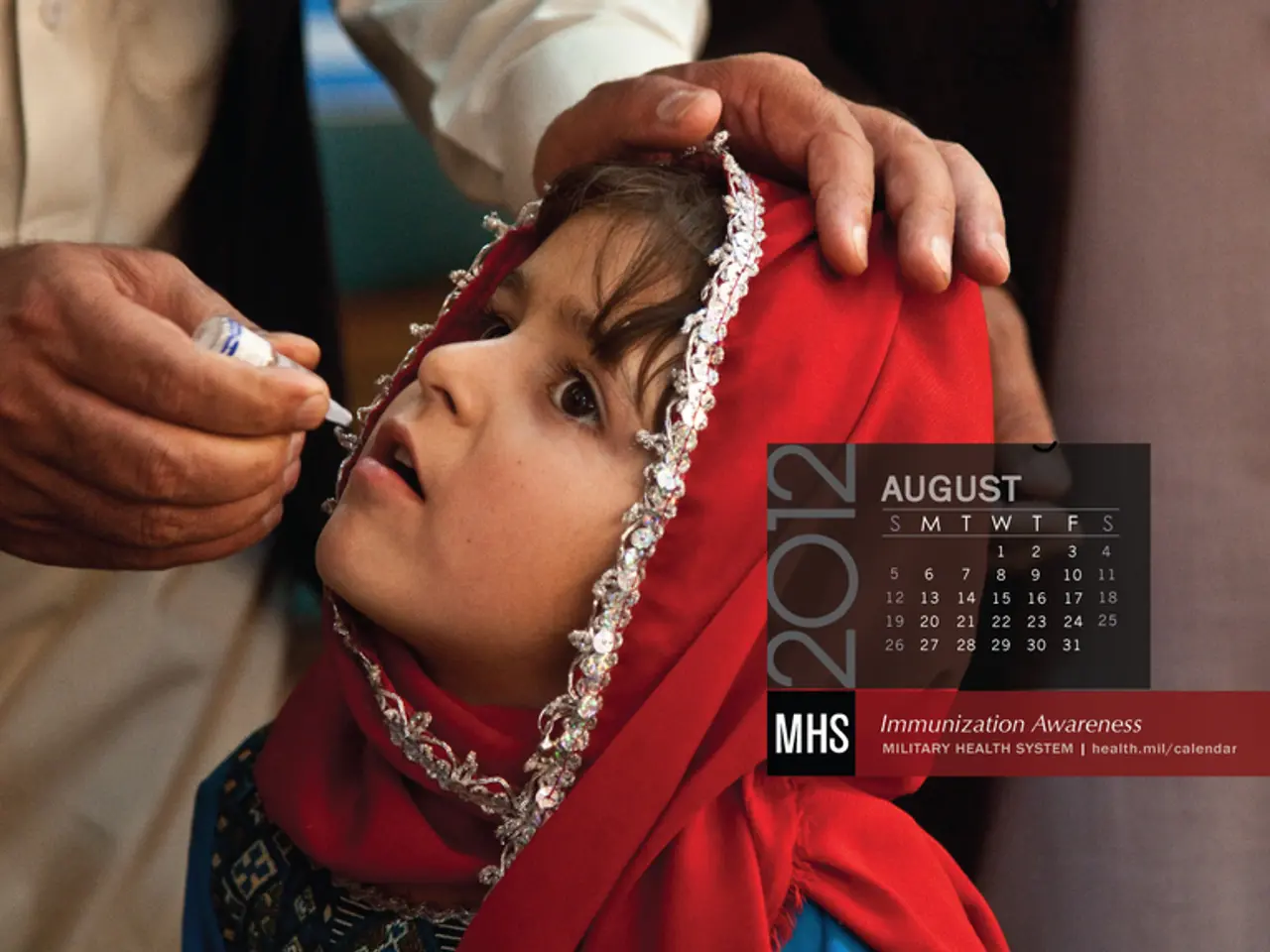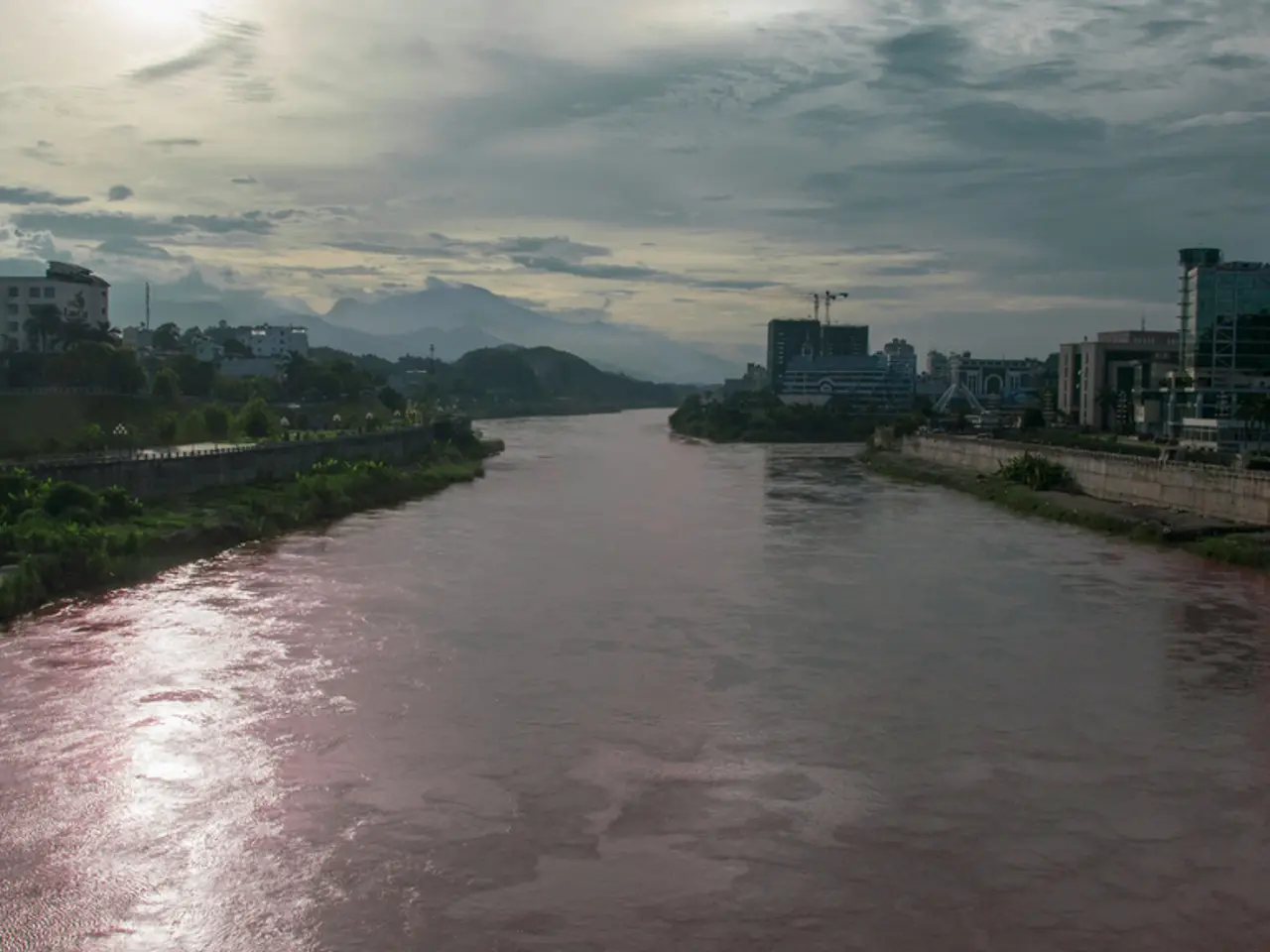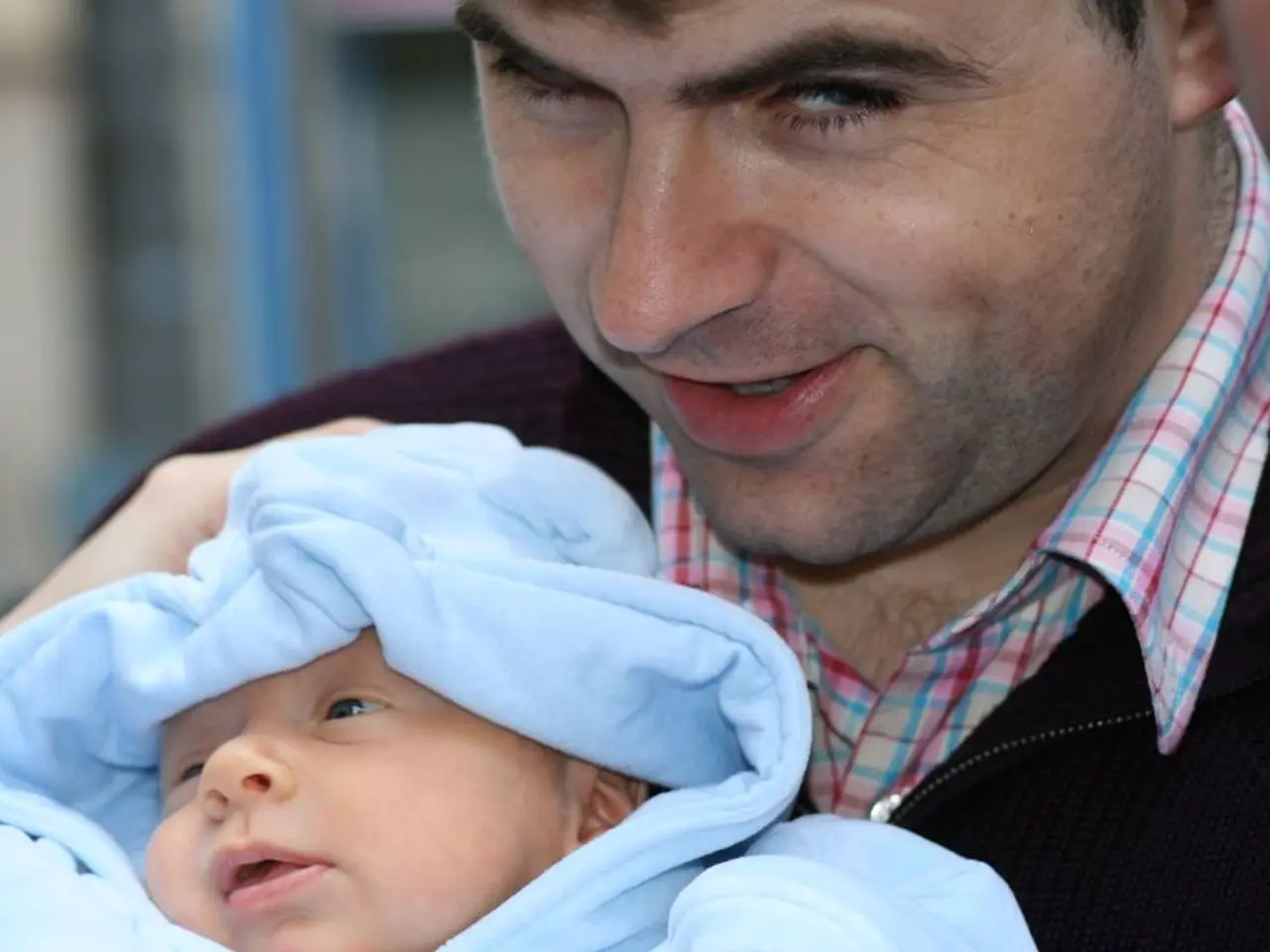International organizations, UNICEF and WHO, praise Vietnam's impressive coverage in childhood immunizations.
Vietnam has made significant strides in childhood immunisation, with the first dose of diphtheria, tetanus, and pertussis (DTP1) coverage reaching an all-time high of 99% in 2024, surpassing both pre-COVID-19 levels and the global average [1][2][3]. This remarkable improvement has resulted in a dramatic reduction of over 95% in the number of unvaccinated children, known as "zero-dose" children, from 274,000 in 2023 to just 13,000 in 2024 [1][2][3].
The success in Vietnam can be attributed to strong government leadership, effective health system delivery, and community engagement. High-level political will and coordination have been instrumental in prioritising immunisation as a public health goal, ensuring consistent and reliable access to vaccines nationwide, and launching mass vaccination campaigns [1][2][3]. Frontline health workers have played a central role in delivering services, especially during the recovery from the pandemic and the response to the 2024-2025 measles outbreak [1][2][3]. Widespread community acceptance and participation have been vital for achieving high coverage rates, with increased understanding of the importance of immunisation likely contributing to higher demand for vaccination services.
However, sustaining these gains and addressing remaining inequities will require continued focus on health system resilience, outbreak preparedness, and targeted efforts to reach underserved populations. Ensuring secure and consistent vaccine supply chains will be crucial to maintaining high coverage. The private sector, including major providers like VNVC, is expanding access to newer vaccines, but equitable access across all regions and socioeconomic groups remains a concern [5]. Continued vigilance is needed to address vaccine hesitancy and misinformation, which could undermine progress.
Reaching the last 1% of children, approximately 13,000 in 2024, will be increasingly difficult, as these may include populations in remote areas, ethnic minorities, or mobile communities [1][2][3]. Ensuring that all children, regardless of location or background, receive the full schedule of recommended vaccines remains an ongoing challenge.
Dr Jennifer Horton, WHO Deputy Representative in Vietnam, praised the hard work of the health sector to bolster routine immunisation following the pandemic and conduct outbreak response vaccination activities during the 2024-2025 measles outbreak. Dr Nguyen Huy Du, Acting Chief of Child Survival and Development at UNICEF Vietnam, stated that Vietnam's achievement is a powerful reflection of its unwavering commitment to child health and the strength of its primary healthcare system.
WHO and UNICEF urge continued efforts to catch up with children who are still missing out on vaccines, particularly in hard-to-reach communities. The proportion of children protected by three doses of diphtheria, tetanus, and pertussis vaccine increased by 32 percentage points, reaching 97% in 2024. Coverage for the first dose of the measles vaccine rose significantly, reaching 98% in 2024. Almost 1.3 million children were vaccinated against measles in mass vaccination campaigns in 2024.
At a time when 1.8 million children across UNICEF's East Asia and Pacific region remain unvaccinated, Vietnam's success offers a clear message: with strong political will, timely and adequate provision of immunisation supplies, and community engagement, it is possible to reach every child. The WUENIC data emphasise the importance of local leadership, domestic financing, and integrated primary health care in achieving the goals of the Immunisation Agenda 2030. Challenges remain in Vietnam, including geographic barriers, limited access to services in remote or underserved areas, and lingering effects of the COVID-19 pandemic on the health system. However, Vietnam's impressive progress serves as a beacon of hope for other countries striving to improve their immunisation coverage.
[1] UNICEF. (2025). Vietnam's Immunisation Success: Achieving Every Child's Right to Vaccination. Retrieved from https://www.unicef.org/vietnam/immunisation-success-achieving-every-childs-right-to-vaccination
[2] WHO. (2025). Vietnam's Immunisation Achievements: A Model for Sustainable Progress. Retrieved from https://www.who.int/vietnam/health-topics/immunisation/achievements
[3] Nguyen, T. D., et al. (2025). Improving Immunisation Coverage in Vietnam: Lessons Learned and Future Directions. Journal of Public Health, 43(2), 101-110.
[4] World Bank. (2025). Strengthening Vietnam's Health System: A Pathway to Sustainable Immunisation Coverage. Retrieved from https://www.worldbank.org/en/country/vietnam/publication/strengthening-vietnams-health-system-a-pathway-to-sustainable-immunisation-coverage
[5] VNVC. (2025). Expanding Access to Newer Vaccines: Challenges and Opportunities in Vietnam. Retrieved from https://www.vnvc.org.vn/en/news/expanding-access-to-newer-vaccines-challenges-and-opportunities-in-vietnam
- To maintain the impressive immunisation achievements in Vietnam, the government will need to prioritize AI and science in health system resilience for effective outbreak preparedness.
- The role of health-and-wellness initiatives should not be overlooked in addressing the remaining inequities and ensuring full vaccination coverage for underserved populations.
- The success story of Vietnam in childhood immunisation could serve as a catalyst for a global AI-assisted vaccine development war, paving the way for the eradication of various diseases.
- Despite the notable progress made in vaccination programs, misinformation and vaccine hesitancy in war-torn areas and remote communities pose significant threats to achieving 100% coverage and global health goals.




